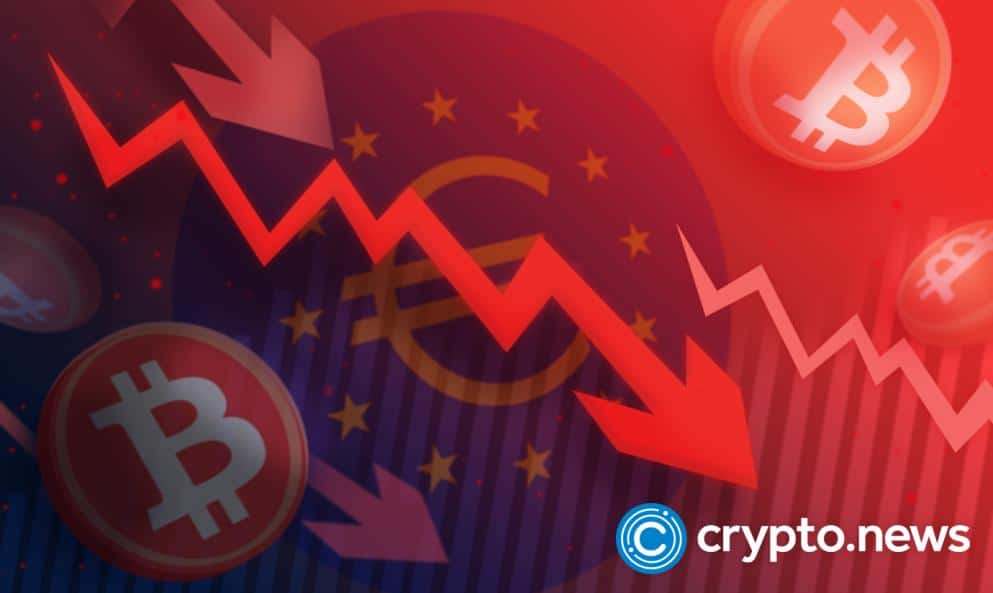VC crypto funding plunged 91% since 2022

Venture Capital (VC) and other investments plunged 91% year-on-year but improved 48% month-to-month. In the crypto market, the largest funding share in January was from infrastructure projects, accounting for around 30%.
Messari statistics show that there were 74 public investment projects of crypto VC in January. Based on this, there was a month-on-month increase of 48%, whereby there were 50 projects in December 2022. Compared to January 2022, which had 166 projects, there was a decrease of 55%.
Meanwhile, infrastructure projects took the lion’s share, with 30%, while others, such as DeFi, NFT/GameFi, and CeFi, took 14%, 11%, and 4%, respectively.
The total funds for the month were $570 million, which was 13.7% lower than in December, which had $660 million. Over the past year, the drop was 90.4%. Over four consecutive months, the funds steadily declined and hit their lowest in two years with rounds of $10 million.
Meanwhile, funding rounds usually take time to materialize; hence, some of the investments we see in January likely still raised money during the November FTX collapse. Hence, in the months ahead, there will be precise data on how much the industry lost in investment capital following the crypto winter.
Investments in CeFi are dropping
When the FTX collapse hit, it brought doubts in the CeFi, changing the focus to decentralized finance and decentralized exchanges. In January 2023, CeFi deals dropped by 99% to reach $22.8 million, noting that the CeFi firms which raised money had DeFi ties. One Of these is Architect, a startup that Brett Harrison founded, a former FTX US president who raised $5 million for its trading software.
As for infrastructure projects, they were in a better position, only having dropped 59% to $357M. In the category, startups such as QuickNode and Blockstream raised funds worth $69M and $125M, respectively. According to Andreessen Horowitz, in its inaugural state of the crypto report in May, it addressed its belief that developers mostly build over the bear market period, boosting optimism in the industry.















